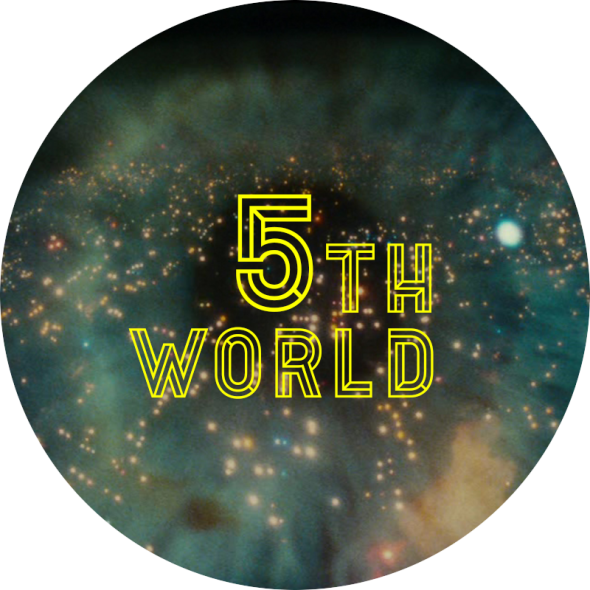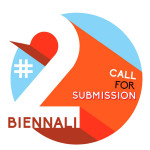Burrasca 5 – FIFTH WORLD | Call for Submissions

Alfred Sauvy published in the French magazine L’Observateur the article “Trois Mondes, Une Planete” (August 1952) talking about the World geopolitical context. It concludes with a sentence based on a famous quotation by E.S. Sieyès expressed during the French Revolution: “Car enfine ce Tiers Monde ignoré, exploité, méprisé come le Tiers Etat, veut, lui aussi, être quelque chose.”
The original Worlds’ partition was not based on economic criteria, but on a political one. The First World was composed by the NATO’s countries, the democratic and capitalistic ones; the Second World identified countries that have joined the Warsaw Pact, the communist and socialist block led by Soviet Union. The Third World included all the other countries that remained un–aligned with the two poles. It consisted of the majority of the Southern Hemisphere, including the developing countries usually with a colonial past.
Besides the obvious problems of a strict categorization of the World’s nations, the principles of this system were no longer effective after the Soviet Union’s falls. Then the approach was modified from an economic point of view and a Fourth World was added in order to describe countries which had not yet started their development. The “World Development Indicators 2016” report—in particular Tariq Khokhar and Umar Serajuddin’s article “Should We Continue to Use the Term Developing World”—sets the end of the categorisation and of the four groups too. There will never be a fifth level in that rank.
Moving beyond this anachronistic classification, Burrasca is looking for the contributors’ idea of a Fifth World.
Can we think at the Fifth World as the world in which we all live in and that contributes to create every subject’s point of view for the understanding of the objective and material reality? This world is the product of the human mind, meaning language itself, scientific theories, ideas, religions and works of art. Why not to architecture? Furthermore, if the architectural project is an inception, or rather the creation of a world composed by ideas, are those ideas shaped into reality projecting a “future” in the built environment? The German word Gemeinschaft indicates a kind of community based on both an ideal and the real creating communities that counter the dislocations of social in the attempt of constructing an alternative reality to the mainstream. Could this be considered a Fifth World? Since any cultural and symbolic dimension of our society could be defined as virtual, how is it possible to discuss today the sharing of multiple layers of “reality” in our social experience of the world? How is virtual reality influencing our culture? Might it be the Fifth World virtual reality? Frederic Jameson once wrote in “the Utopian Enclave” that Utopianism has to be discussed “not as some unlocking of the political, returning to its rightful centrality as in the Greek city–states; but rather as a whole distinct process in its own right.” How would it be possible to reframe the concepts of Utopia, Heterotopia or Distopia in our contemporary world? Is it still possible in our late–capitalist society to engage once again a radical thought that embraces the impulse towards a new tabula rasa for the production of new meanings? What could architecture do in this context? Given the renewed interest in the work of authors such as the surrealists, and Jodorowski as well as the emerging philosophical discussions about concepts such as “weird realism,” would it be possible to speculate on the existence of a magical reality that weirdly affects our own social realm and architecture too?
Burrasca is pleased to receive submissions that investigate the topic “Fifth World” under this slant, embracing the larger number of matters included in it.
Fifth World as a meta–world.
Project as Fifth World. Or Fifth World as project.
Fifth World as an independent community and/or an autonomous organism.
Fifth World as virtual reality.
Fifth World as a redefinition of Utopia, Heterotopia or Dystopia.
Fifth World as a weird realism.
Possible theoretical speculations about the definition of this topic in architecture and its poetics.
Artworks or projects investigating this issue.
ABSTRACT — deadline 07/08/2016
Submit 100 words that better describe both the form and the content of your contribution. Please, also add 5 keywords and your short bio in 30 words. In the case your submission will be a visual work, please attach at least two references: pictures, images or graphics.
Email us to submissions@burrasca.eu
SUBMISSION — deadline 04/09/2016
We accept 2 kinds of contributions: textual or visual.
If your submission is textual (e.g. essays, interviews, articles and anything else you might suggest), please write a maximum of 1300 words. We prefer a really simple and plain style edited according to the Chicago Manual of Style, 16th edition. Please attach also maximum 5 high res CMYK images.
If the submission is a visual work (e.g. photo-essays, graphics, illustrations or projects), please consider a maximum field of 4 21×27,5 cm pages or 2 42×27,5 cm and contact us for additional information.
Burrasca’s board encourages the submission of any kind of inventive material and original contributions by every person, even independent thinkers and people who are not related to academic institutions. Burrasca is a printed series of publications with ISBN codification released twice a year. Please contact us if you would like to submit material that does not seem to fit in our criteria
Read the official call on Burrasca website.
Related Posts
Questo sito usa Akismet per ridurre lo spam. Scopri come i tuoi dati vengono elaborati.








Lascia un commento